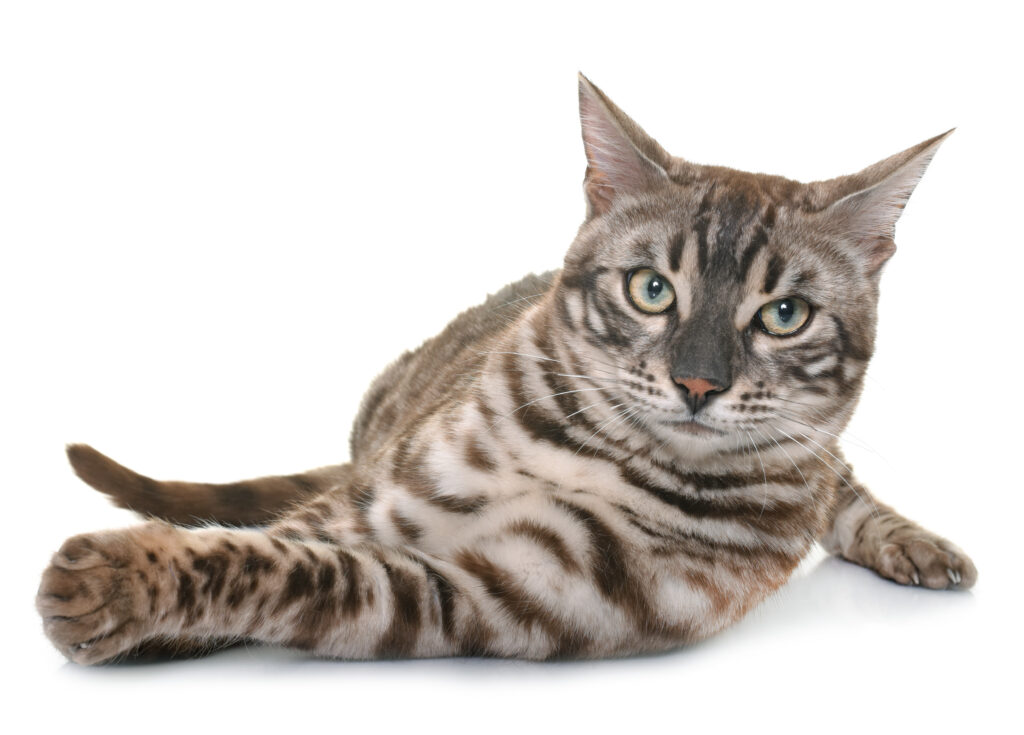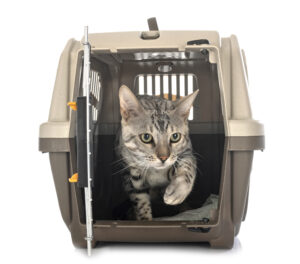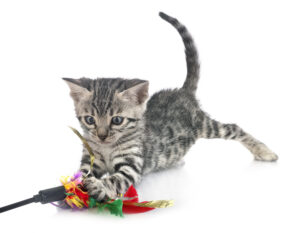You may be wondering, “Do Bengal cats like to be held?” There are some common warning signs that your pet doesn’t enjoy being picked up. Luckily, it is possible to increase your Bengal’s tolerance for being picked up and held by following the steps outlined in this article. These warning signs include:
Common warning signs that your Bengal cat doesn’t want to be picked up
If your Bengal cat doesn’t want to be handled, it may be a good idea to look for these common warning signs of shyness. These signs are especially important if you’re trying to train your cat. Unlike other breeds, Bengal cats need a lot of time to train. This type of cat also requires a lot of attention and patience, so don’t try to rush things.
The first sign of a shy Bengal is a paw that doesn’t want to be wriggling. The back toes of this breed are longer, which is a sign of its long toes. This can be quite painful for both of you and may require antibiotics. A second warning sign is if the Bengal cat is wriggling.
A good breeder will be willing to show you their kittens and be on hand to answer your questions. A good breeder will also return the kitten if you’re not satisfied with the kitten. A safety net is important. Regardless of whether your Bengal cat wants to be handled or not, a safety net is essential. While your Bengal cat may not want to be picked up, he or she may be demonstrating signs that indicate that it doesn’t feel comfortable with you.
Painful cats often display restlessness. They may become disinterested in their surroundings, and they may growl and lash out when picked up. Their appetite may decrease or they may stop jumping onto furniture. They may even develop a limp or aversion to walking on slick surfaces. A painful cat may be exhibiting several symptoms of arthritis. So, the first step in treating a painful cat is getting to the bottom of the issue and finding the appropriate treatment.
If your Bengal cat doesn’t want to be picked up, you should seek medical attention as soon as possible. A Bengal cat’s high prey drive makes them dangerous around aquarium fish and other pets. They may also become destructive around objects such as televisions. These warning signs should alert you to a potentially serious health problem in your cat. There are many ways to help a Bengal cat become more sociable.
Your Bengal cat may not want to be picked up because it is afraid of humans. This behavior may occur due to physical stress or a lack of love and attention. These signs can be easily identified, as long as your cat is happy and feels safe. A Bengal cat is a highly intelligent and affectionate pet and may have a favorite family member. The key to successful adoption is early socialization. Don’t wait until a Bengal cat has grown up to become a destructive cat and is unsociable.
If your Bengal kitten doesn’t want to be picked up, there are several ways to deal with this situation. First, make sure the kitten was bred by a reputable breeder. Then, learn all you can about the parents. Ask your breeder to show you pictures of their previous litters. Genetics is a big part of the decision-making process.
Ways to improve your Bengal cat’s tolerance for being held
If your Bengal cat does not like being picked up and held, you may be looking for ways to increase their tolerance for being held. Bengal cats are known for being hyper-vigilant and may attack you during a chase. If your Bengal does not enjoy being picked up, try providing incentives for holding them, such as petting or playing with them. This way, your Bengal will associate being picked up with good experiences.
You can start by introducing toys to your Bengal cat. Bengals enjoy scratching and rubbing themselves with different parts of your body. They also like scratching behind their ears and whiskers. Some Bengal cats also like to scratch their tail. Providing toys with these textures and scents will help your Bengal cat feel comfortable being held. Make sure to supervise playtimes, as holding a Bengal cat can lead to aggression.
A Bengal cat’s sense of territory extends beyond just your hands. It has a pronounced sense of territory, which makes it seem larger than it is. Adult Bengals weigh six to fifteen pounds. Moreover, they exhibit dog-like traits, including greeting humans with their unique chirps. These cats can be trained to walk on a leash, just like dogs do.
Using verbal cues is another way to increase your Bengal cat’s tolerance for being held. Try sticking your hand under its chest and then using your other hand to gently pet it. When you see your Bengal cat is not reacting to the handling, move your hand back or to the other side. By using your hand to touch your Bengal cat, you will teach her that you are in control of the petting. This will create a bond between you and your cat, which will lead to more human-initiated petting in the future.
In addition to humans, Bengal cats can also be friendly with dogs. While these pests are not typically best friends, they can get along with other animals, such as dogs and mice. Offering your Bengal cat a dog or cat to sniff, can introduce them to each other in a way that is not threatening to either one. If the Bengal cat is attracted to the dog, it will become friendly with the dog, but the two of you will be friends soon.
A simple trick that will increase your Bengal’s tolerance for being held is to offer a treat to Bengal and rub his belly, ears, and face gently. Continue this technique several times daily until you see a huge improvement in your Bengal’s comfort level. Your Bengal will thank you for the attention. It will soon be a favorite part of your life. If you want your Bengal cat to like being held, start implementing these tips today.
Common reasons why some Bengal cats don’t like being held
If you have a Bengal cat, you probably already know that they don’t like being picked up and held. They may even meow at the idea of being held. But don’t worry; there are ways you can work around this issue. First, teach your children how to recognize the signs that a Bengal cat doesn’t like being held. They may even want to show their disdain by shifting around, meowing, or moving. If you do find that your Bengal cat doesn’t like being held, you can try offering treats to reward it.
If you want to pick your Bengal up, make sure to hold it close to your chest. Don’t sag your arms or they may squirm out of your arms. Also, don’t pick them up upside down or in your arms. They may prefer to sit beside you, get affectionate scratching, or simply sit in loving silence. Regardless of the reasons, you must be gentle and consistent with your Bengal cat.
The best way to improve your Bengal’s tolerance for being held is to reduce the number of times you pick them up. Bengals are sensitive animals, and they may have had negative experiences when you held them before. By limiting the amount of time you hold them, you can gradually increase the frequency. You can also offer a small amount of praise and pet them afterward to help them associate the process with positive feelings.
While some Bengal cats do not like being held, others enjoy being petted and fussed over. They are generally very affectionate, but sometimes their love and devotion can lead them to reject being held. This may sound counter-intuitive, but there are two common reasons for Bengal cats not liking to be held. As a result, it can be difficult to train them. It’s important to remember that Bengal cats don’t like being held for long periods.
The first reason why some Bengal cats don’t like being petted is that they’re not sufficiently engaged. If you don’t engage them with a variety of activities, they might become bored and may scratch furniture or meow excessively. Despite their size, these cats have very high intelligence levels. They can learn tricks like clinging to furniture or even going on a leash.
A Bengal cat might have had an unpleasant experience with humans before coming to your home. It may have been dropped or picked up incorrectly. If this is the case, patience will be your friend. All animals carry some trauma from their experiences with humans. If you suspect that your Bengal has experienced traumatic experiences, take baby steps. If your Bengal doesn’t like being held, it’s best to start small.





